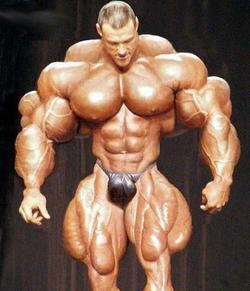Two studies from Harvard show that napping make you smarter. I learned this for the first time when I was in the 7th grade. I would be in school from 8 AM to 3PM, go to work in the afternoon, and then come home at 6PM, eat supper and try to study and learn nothing. I would spend more time lying in bed thinking about studying than actually studying. So, in the seventh grade at age 12, I started a lifetime habit of sleeping every afternoon, even if I think that I don't need to sleep. I find that after just 30 to 60 minutes of sleep, I can think more clearly and do more work. If I don't sleep, I cannot write or think clearly.
Matthew Walker's study supports what I learned almost 60 year ago. He taught people to type a long list of words on a computer. He showed that those who were trained at night and were tested after a long night's sleep did far better than those who were trained in the morning and tested 12 hours later without sleeping. Thus, those who were tested after a night's sleep did much better than those who were tested after 12 hours being awake.
In the second study, Sara Mednick reported that she compared a person's ability to learn after no sleep, a 30-minute nap, or a 60 minute nap. Those who had a 30-minute nap did better than those who didn't nap, while those who took a 60-minute nap did far better than those who took only a 30-minute nap. When you start a nap, your eyes are kept still, called non-rapid-eye-movement sleep. You drop down from stage one sleep into a deeper stage two, then a deeper stage three, and then your eyes start to move rapidly back and forth. This is called Rapid Eye Movement sleep, also know as REM sleep. You learn best if you wake up right after non-rapid-eye-movement sleep (stage 2). And you get more non rapid eye movement sleep (stage 2) in a 60-minute nap than a 30-minute nap.
If you feel tired most afternoons, you are normal. In many parts of the world it is traditional to take an afternoon nap or siesta. Studies of office workers and school children show that people work best in the early morning. As the morning progresses, they lose their ability to concentrate, go out to lunch and function way below their capacity for the rest of the day. A study from the University of Pennsylvania Hospital shows that pilots, who sleep just 20 minutes during flights while their copilots take over, are more alert, attentive and responsive than those who don't nap.
It gets worse as you age. Older people fall asleep while you talk to them in the afternoon. An article in the medical journal, SLEEP, shows that a regular afternoon nap can help older people remain awake afternoon and evenings. They took a planned nap for 90 minutes between 1:30 and 3:00 in the afternoon. They were hooked up to special machines that showed that most slept for about one of the one and a half hours they lay in bed. These people had a remarkable improvement in their alertness in the afternoon and evening. They did not sleep as deeply at night and did awake a little earlier in the morning, but felt that the gain in alertness afternoons and evenings was far more important than this slight loss of sleep at night. Their sleep cycles however remained unchanged, so they still went to bed at their usual times.
Tiredness is a signal that your brain needs a rest. If you suffer from afternoon tiredness, find a quiet place to lie down during your lunch hour and take a nap. There is no data to support exercising when you feel tired because exercise does not perk you up. Recommendations to eat protein-rich foods and avoid carbohydrate ones are not based on solid data. Eating does not prevent afternoon tiredness and the drop in mental and physical performance. The only effective treatment for tiredness is rest. Set a radio to wake you to music, rather than a harsh sound that will jolt you, and expect to be far more productive than you were when you struggled to get through the afternoon and evenings without napping.
Journal references; free
fitness and health newsletter






 07:15
07:15
 kaniamazdar
kaniamazdar











